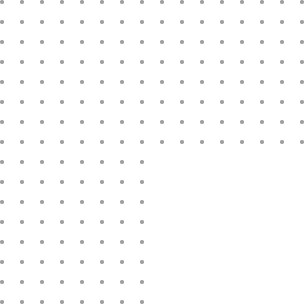Geocode IQ
Lat/Long and Demographic Data
Geocode IQ®
Geocode IQ transforms physical mailing addresses into precise latitude and longitude coordinates and appends census and demographic data.
Census Tract/Block
Metropolitan Statistical Area (MSA)
Legislative/Congressional District
County & County subdivision
What is Geocode IQ?
Firstlogic Geocode IQ is self-managed server software that provides geocoding, and demographic data enrichment for the United States. Configure the settings for your batch processing jobs using our native no-code interface, or your own text editor. Alternatively, build your own custom workflow by integrating directly with the optional SDK. Available as a self-managed product, Geocode IQ can be run on-premise or deployed on your cloud provider.
Unlimited Records
Pay by license, not by record. You won't be surprised by usage fees. Our annual subscription includes the software license, maintenance, and technical support - all in one fee.
All Included
We provide you the software, directories, and know-how to install and manage the software on your own infrastructure.
Secure Processing
Your data never leaves your infrastructure - records are processed entirely offline. Easily comply with privacy best practices and regulations.
Database Access
Direct access to Microsoft SQL Server, MySQL, Oracle RDBMS, ASCII, delimited, dBase3, or EBCDIC flat files.
Technical Specifications
| Supported Platforms | Windows, Linux |
| Server deployment options | On-premise or on a cloud provider of your choice (AWS, Azure, GCP, etc.) |
| Minimum System Requirements | For on-premise installations, a minimum of 1 physical server with 4 CPUs For in-cloud installations, a minimum of 1 cloud instance with 4 vCPUs |
| SDK APIs | Java, .NET, C++ |
Frequently asked questions about Geocode IQ
How often are your geocodes updated?
Our geocode directories are updated quarterly from industry-leading geocode data providers.
How does Geocode IQ's address-level geocoding work?
Firstlogic’s and SAP’s Geocoding Transform converts physical addresses into latitude and longitude coordinates using the “Interpolated Geocoding” algorithm. We use data from the TIGER/Line® geographic coding system.
TIGER/Line system maps a location’s street segment to a geographic coordinate space which includes a range of house numbers. Interpolated geocoding matches an address to a street segment and then computes the likely position of the address.
Suppose a street segment in a city block includes house numbers ranging from 100 to 200, for example. The database knows the coordinates for the beginning and end of the segment and evenly assigns the coordinates for the locations between them. Address-level geocoding routines assume house number 150 to be in the middle of the coordinate range while it assigns a house number of 190 coordinates near the end of the street segment. If the houses are not equally spaced along the street, the assigned coordinates could be off by a small amount. For most commercial purposes, this level of accuracy is acceptable.
Address-Level geocoding may be very accurate within cities with short, regular street blocks, but the system accuracy decreases as population density declines.
How does Geocode IQ's parcel-level geocoding work?
Parcel-Level geocoding converts physical land parcels into latitude and longitude coordinates using geographic cadastral data where there are no overlapping parcels or gaps in land lots. When you perform geocoding with parcel-level data, the latitude and longitude of a location is determined by the center of a land parcel.
Parcel-level geocoding works extremely well in rural or undeveloped areas lacking the structure of street grids and city blocks. Depending on the application, an organization may choose to use parcel-level geocoding methods in an urban setting as well, as it can sometimes return more precise locations.
Ready to get started?
Request a demo or talk to our sales team to answer your questions about Geocode IQ
